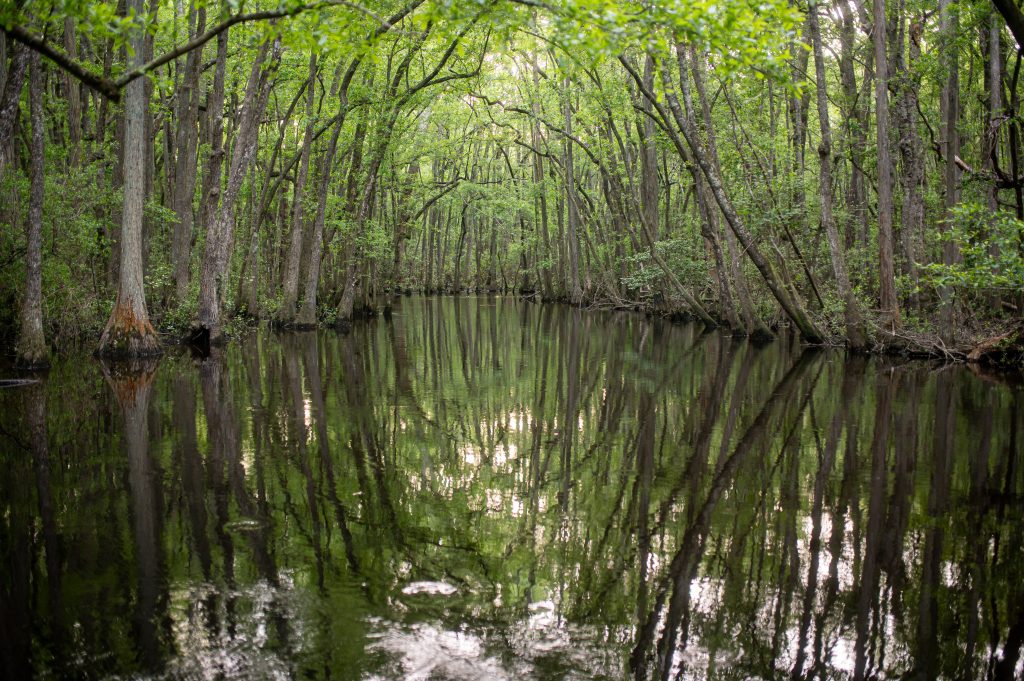
History of Kalmia Gardens and the Hart House
The geological history of Kalmia Gardens is a fascinating one of ancient deposits of sands and clays which now comprise the bedrock under our feet; the advancing and retreating of the Atlantic Ocean to its front door; and the powerful carving of a bluff over the millennia by Black Creek.
The geology of Kalmia Gardens is quite unique for this area of the state, and the 60-foot drop in elevation from the house to the creek is the essence of the Gardens. If it were not for this terrain, we would not have the diversity of plant and animal life that goes with it, including our namesake.
Hart Family
At the time of human settlement in the area, this land was very much like it is today. When the land was being divided for the pioneers seeking out new land, this area was under the auspices of Cheraw County. King George III granted Benjamin Davis 200 acres in 1772, which included the acreage where we are now. The land was subdivided, changing hands many times with many owners. In 1817, a young Society Hill native, Thomas Edwards Hart, obtained the property.
Thomas Hart built his house near the bluff overlooking the flood plain of Black Creek around 1820 with timber cut on the property. He brought his wife, Hannah Lide Hart, to the new home. The dwelling is typical of farmhouses of the era; one room deep with a central hall upstairs and down. This design allowed effective heating and cooling. Each of the four original rooms contains paneled wainscoting and mantels carved by the young Hart.
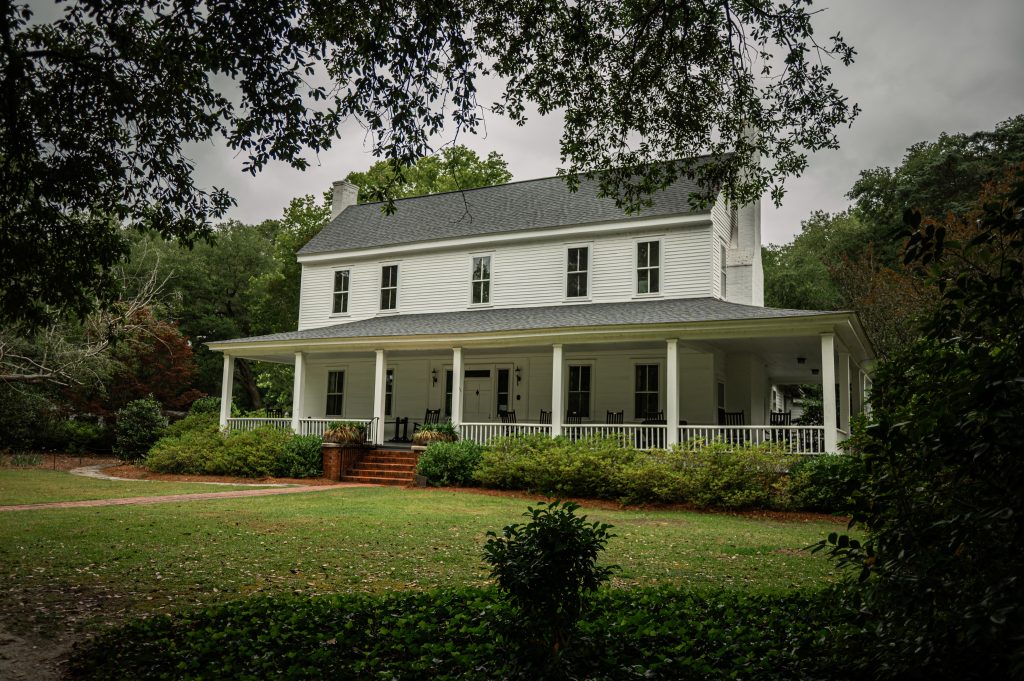
The Hart family grew to eight children and the plantation grew to 1,223 acres of cotton, tobacco and other crops, as well as wild lands. Thomas Hart was the first postmaster of the area, a merchant, justice of the peace and a captain of a local militia company. The town became known as “Hartville” or “Hartsville” as early as 1837. The area was soon to grow even faster with the arrival of more settlers, including Major James Lide Coker, who was instrumental in transforming the young community into a city.
Captain Hart suffered a great financial loss in the panic of the late 1830’s. He died in 1842 at the early age of 46, which many believed was hastened by his financial reverses. He was buried in Lowther’s Hill Cemetery near Cashaway Ferry. John W. Lide, Captain Hart’s brother-in-law, held the holdings in trust for Hannah Hart, who continued to live in her accustomed manner there until 1859.
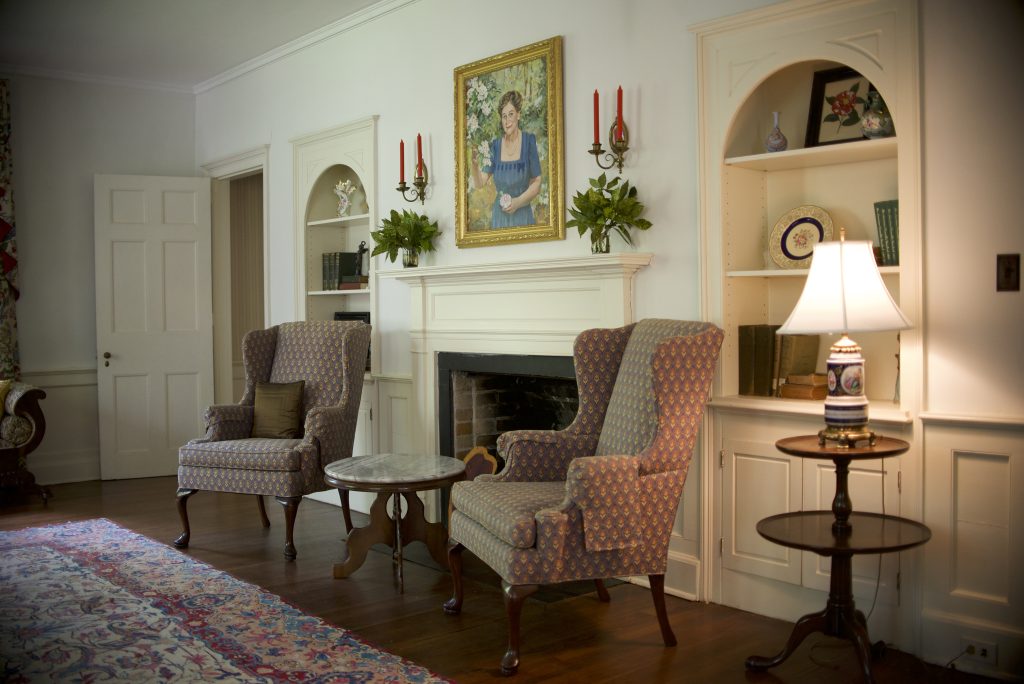
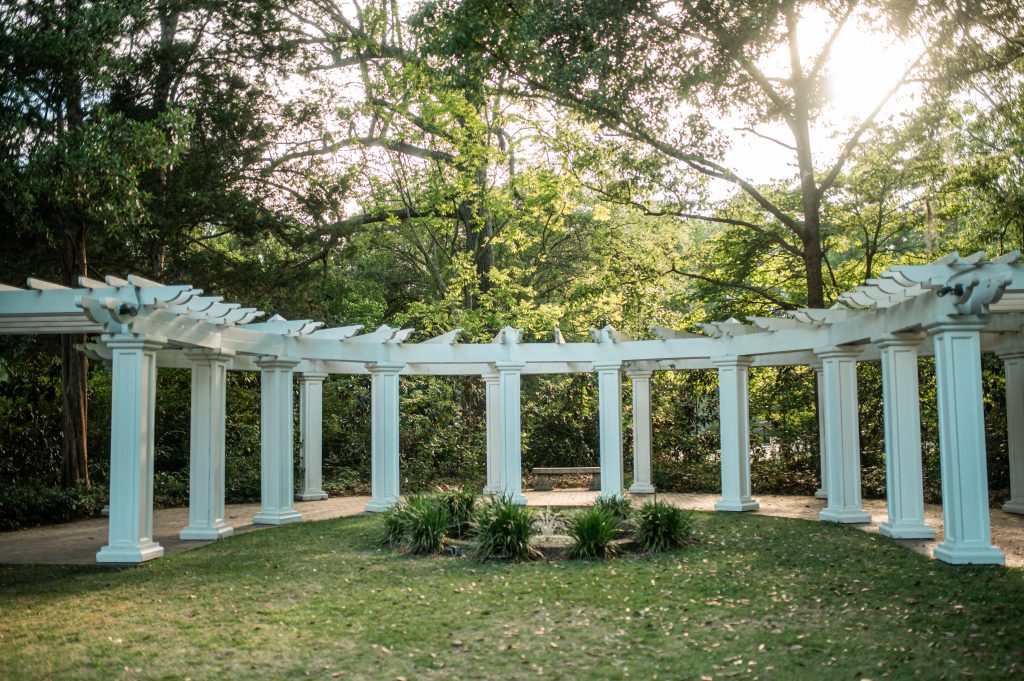
Coker Family & Laurel Land
Around the turn of the century, the property changed hands many times, with many different residents in the house. By the 1920s and early 1930s, it had become a neglected dump site. Meanwhile, Major Coker’s son, Dr. William Chambers Coker, head of the Botany Department at the University of North Carolina at Chapel Hill, had written many books, including The Plant Life of Hartsville, S.C. He described in great detail the area around the Thomas Hart House, known then as “Laurel Land,” because of the abundance of mountain laurel that grew down the bluff along Black Creek. Dr. Coker obtained the property and presented it to his sister-in-law, the wife of David Robert Coker, another of Major Coker’s sons and the founder of the Coker Pedigreed Seed Company.
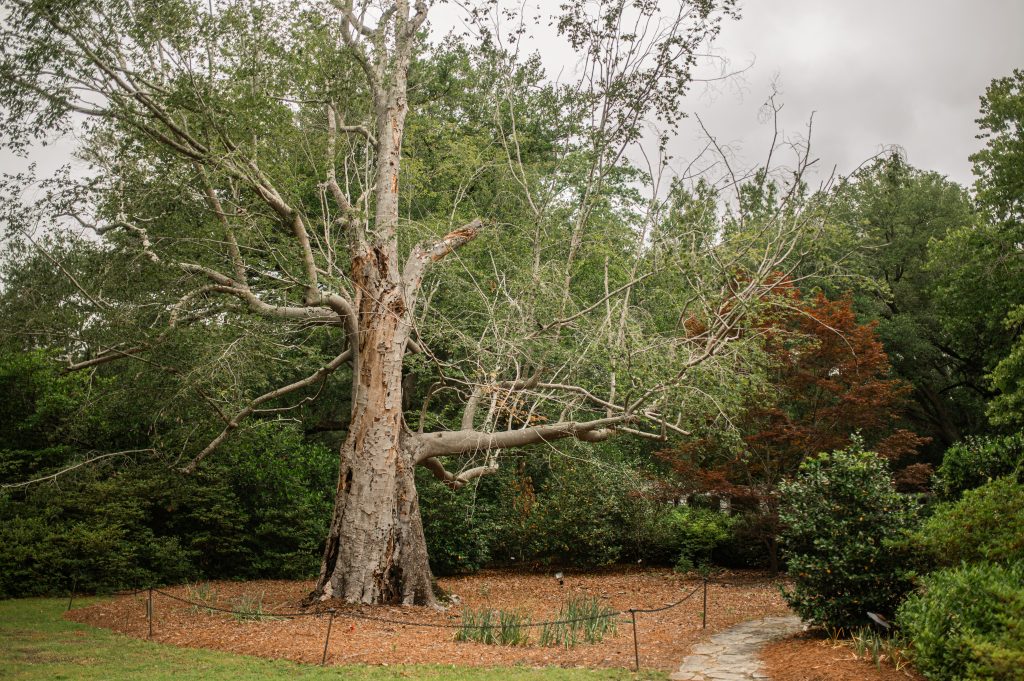
Mrs. Coker was an avid gardener and humanitarian and proceeded to turn the neglected site into a scenic attraction.
Mrs. Coker was the former May Roper of Washington, D.C. A gracious lady, she quickly became a well-loved member of the community and was called “Miss May” by generations of Hartsvillians. She was known for her love of gardening in town at her residence on Home Avenue and for her new project at Laurel Land. It promptly became known as “Miss May’s Folly,” for no one could see how this lovely lady could carve a public garden from such neglected wilderness on a high, steep bluff three miles from town! But despite their skepticism and the hard times of the Great Depression, she did it.
Kalmia Gardens &
Coker University
Miss May added a sitting room, dining room, bedroom and kitchen to the house to make it comfortable for her family, but did not alter the integrity of the structure. A small outbuilding was built nearby. But her greatest task was to carve trails down into the heart of Laurel land. With help from several hard-working men and a mule, she created her garden. Exotic plants such as azaleas, camellias, wisteria, tea-olives and others were added along the trails. Old railroad ties were used to break the steepness of many trails. A pond was dug, fed by an artesian well. The result was named “Kalmia” for the plentiful laurel Kalmia latifolia that drapes the bluff in a white veil in May.
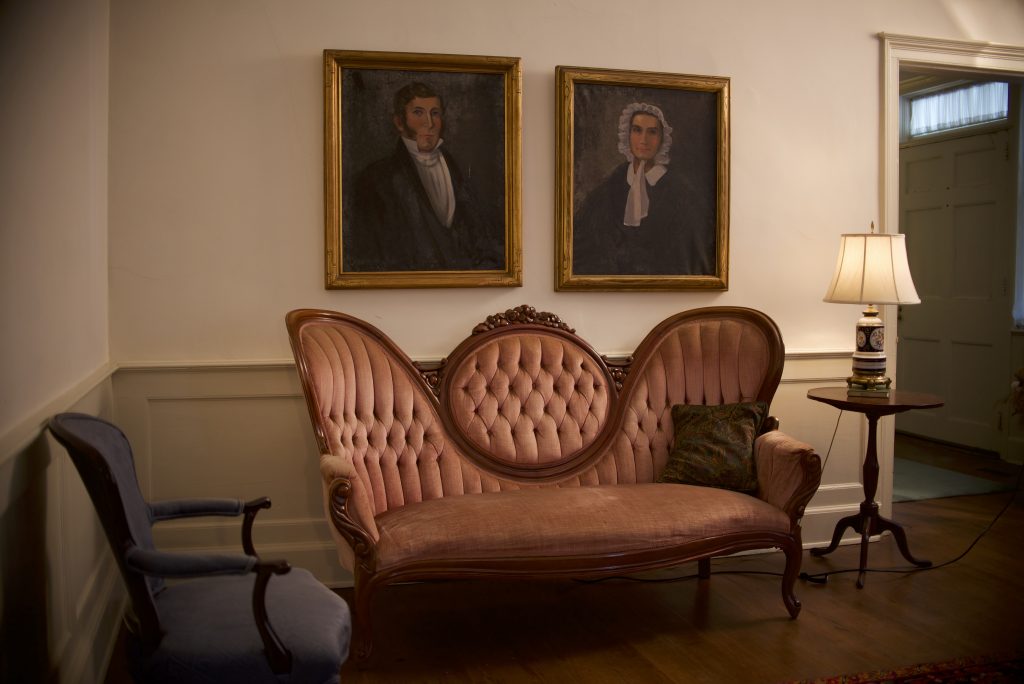
Since 1935, Kalmia Gardens has been open to the public free of charge from dawn until dusk, every day of the year. The wrought iron gates were crafted around 1935 by Mrs. Frank Tyldesley of Wales to highlight Miss May’s favorite flower, the camellia, and they have beckoned to visitors ever since.
A new gate was dedicated to Miss May by her family in 1992, and serves as the main entrance to her great labor of love.
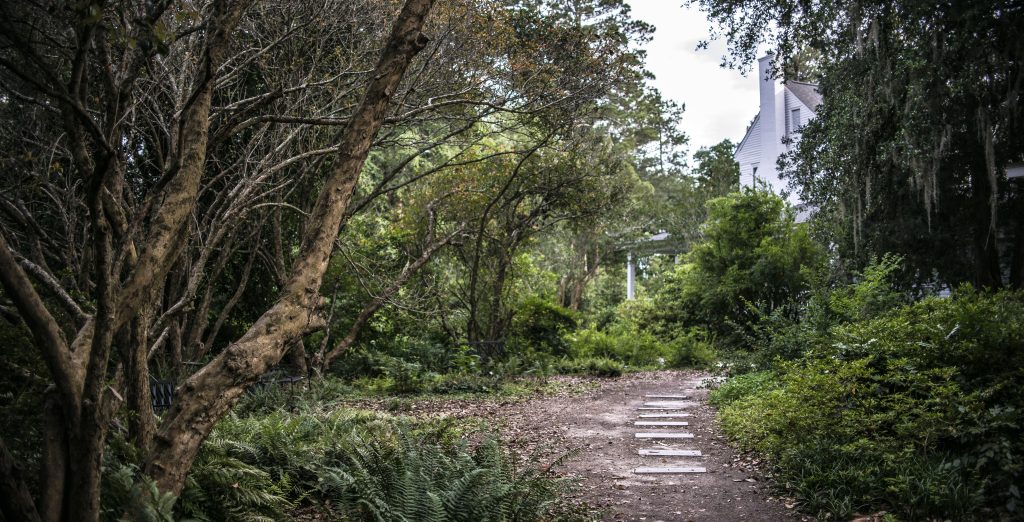
In 1965, Miss May gave Kalmia Gardens to Coker College as a memorial to her late husband. In 1996 a successful Capital Campaign resulted in the renovation of the Hart House and the establishment of a semi-formal Garden and a Sensory Garden. Miss May left a legacy of beauty and discovery for gardeners, nature lovers and scientists alike.
Kalmia Gardens of Coker University is now an outdoor classroom and public garden, hosting many field trips from area schools as well as public programs, tours, symposia, plant sales, festivals and garden parties.
This land continues to hold its centuries-old fascination for the next generation, who will surely keep it as a respite from the busy world that hurriedly passes by its gates.
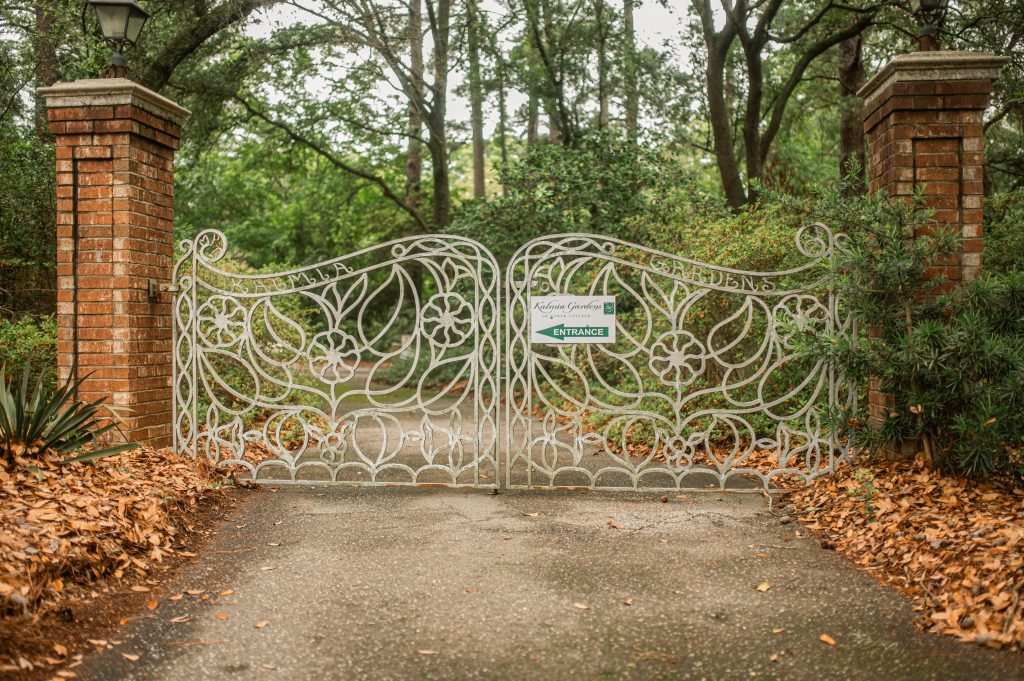
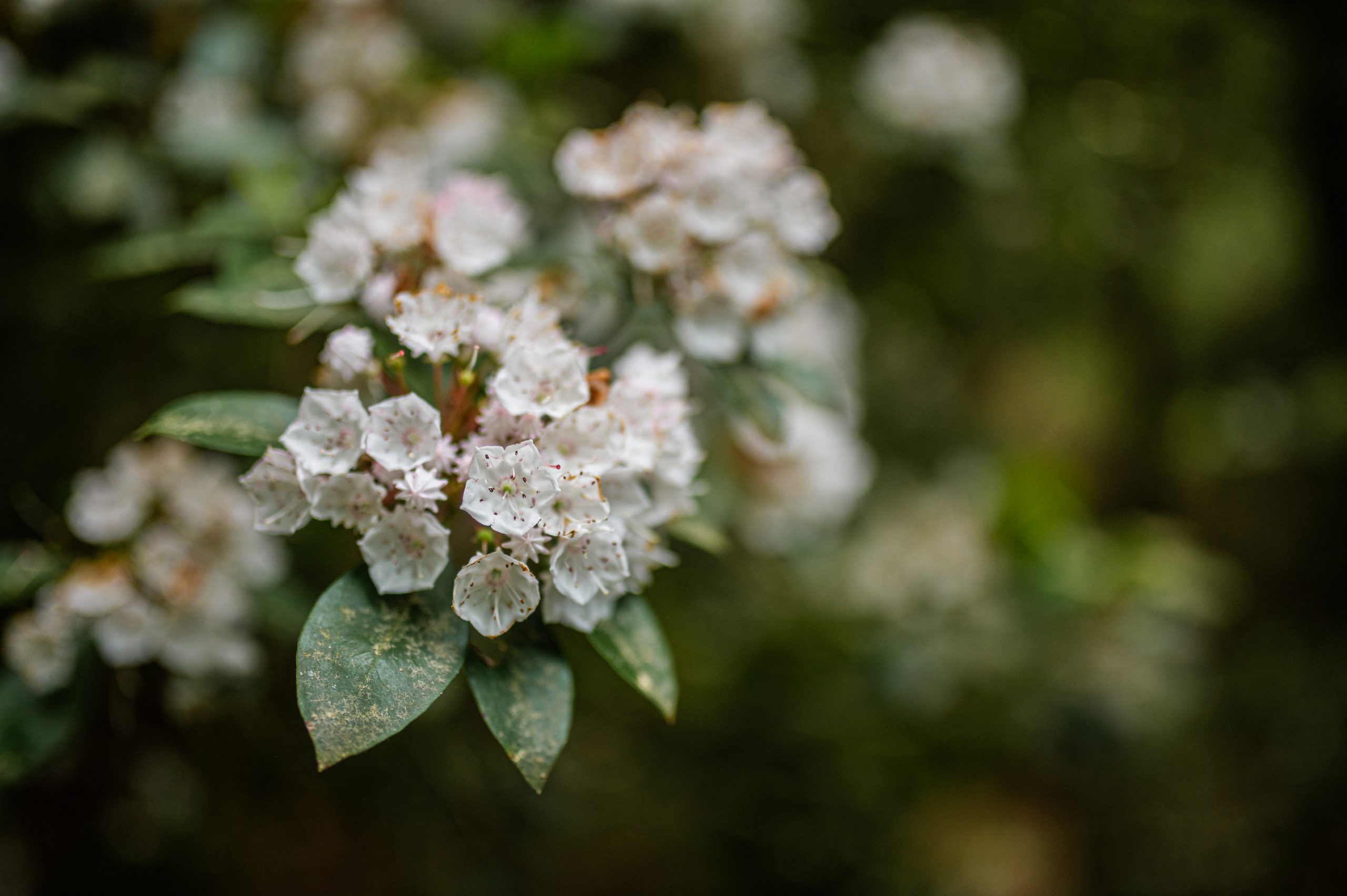
Plan Your Visit
Kalmia Gardens is open 365 days a year from dawn to dusk, and you can even bring your dog! Learn more about how to explore the Gardens.
